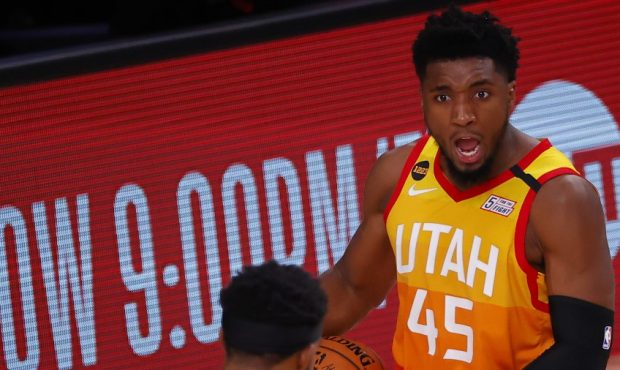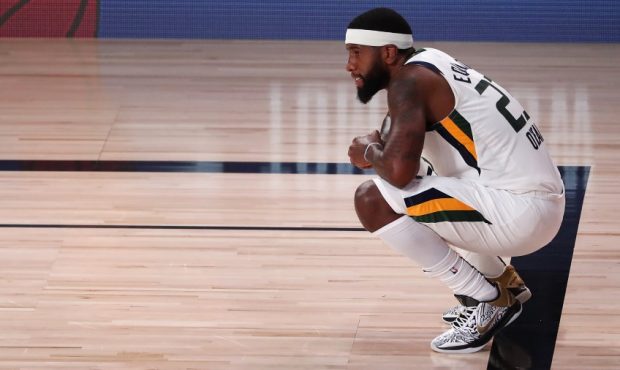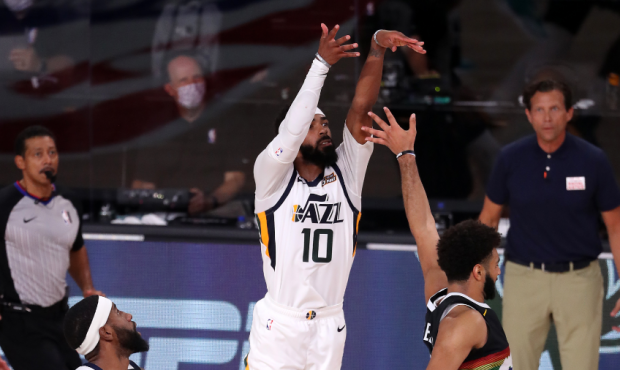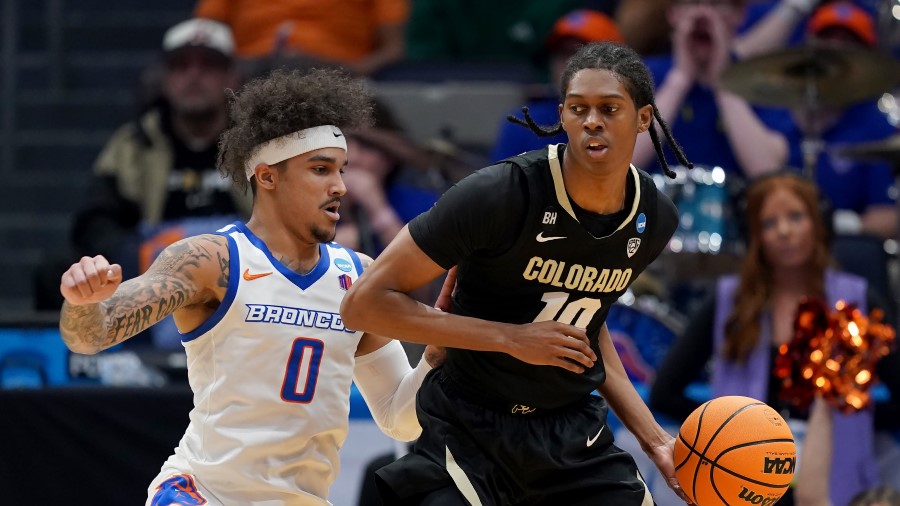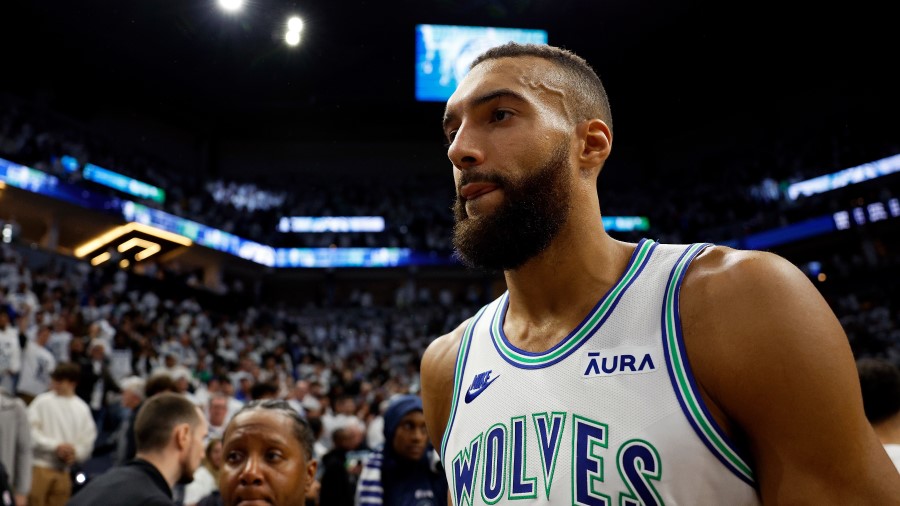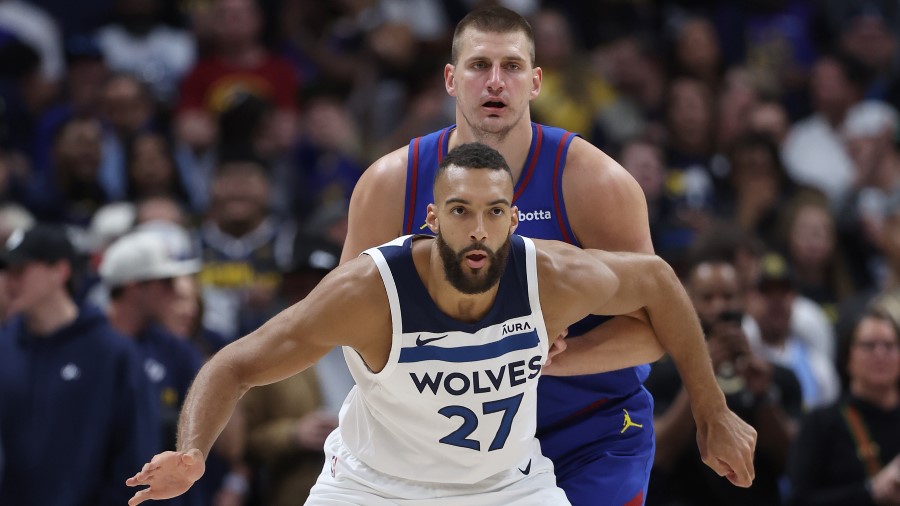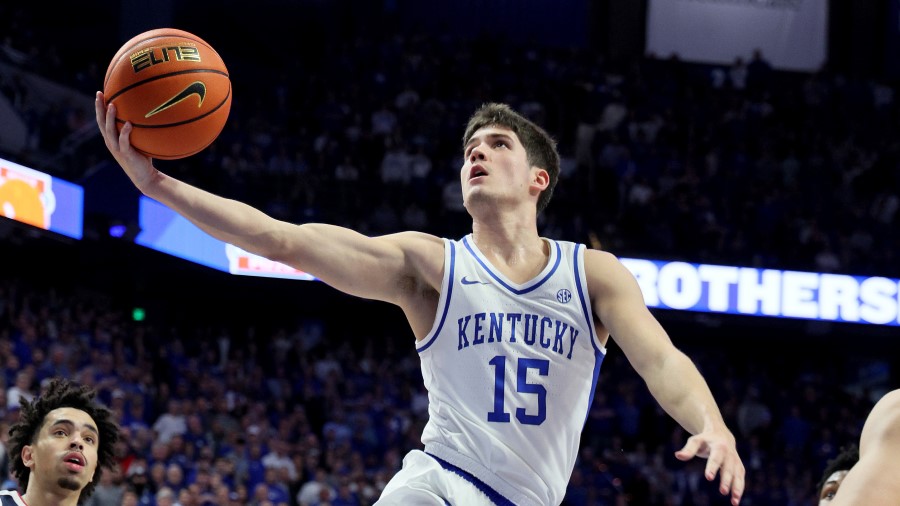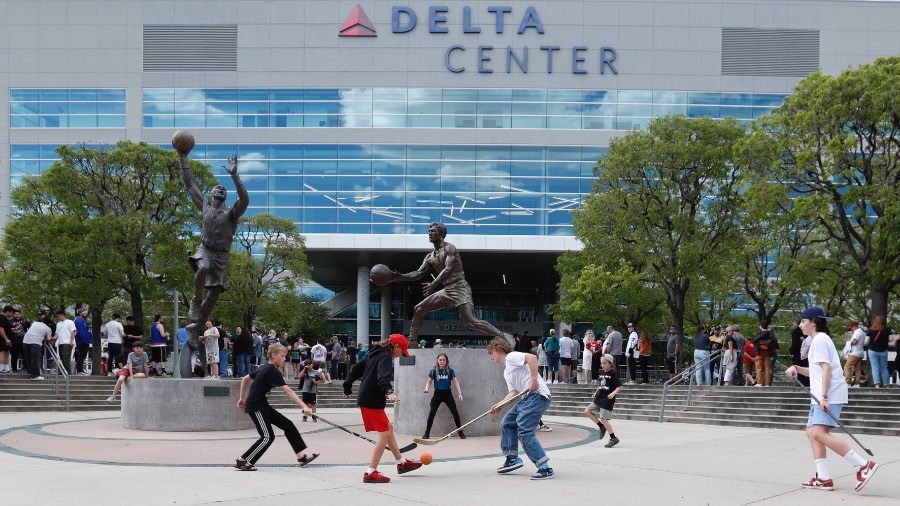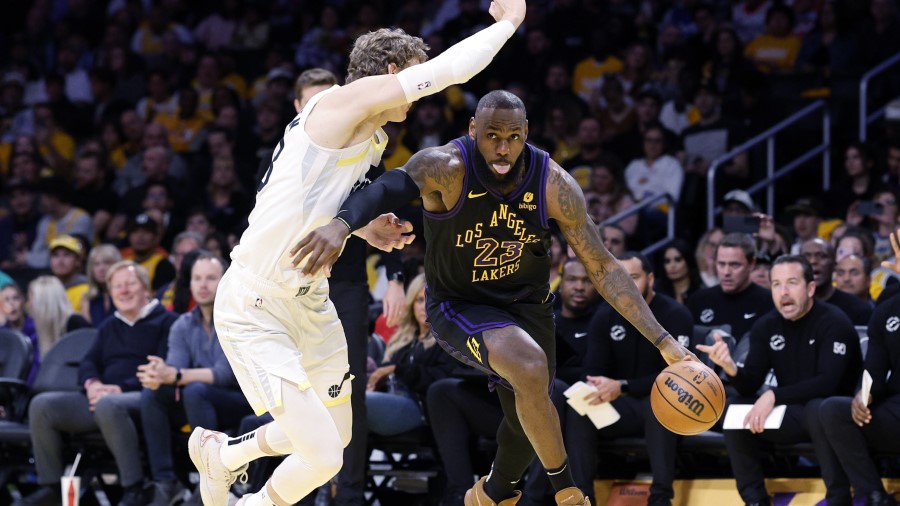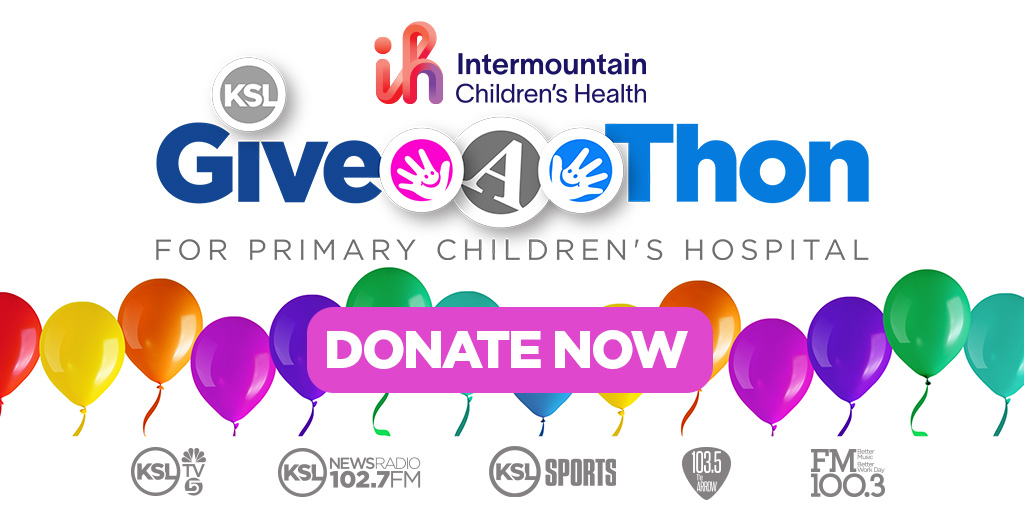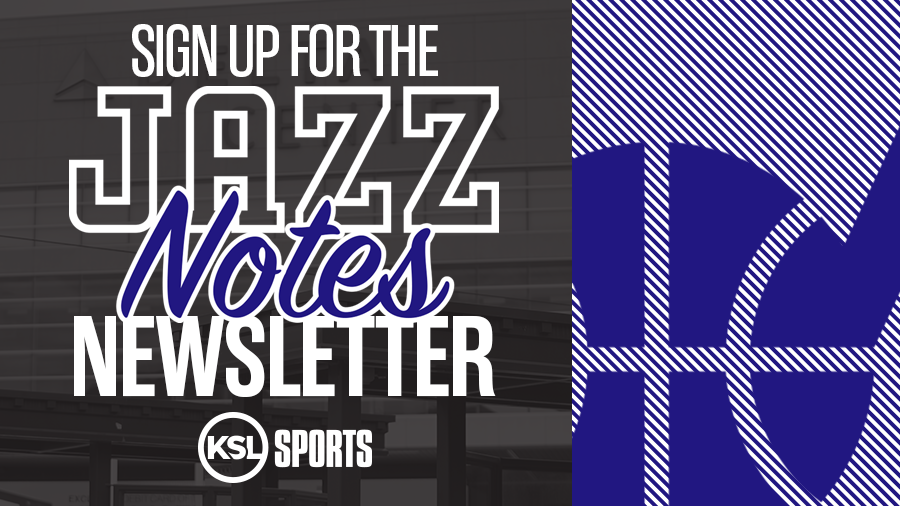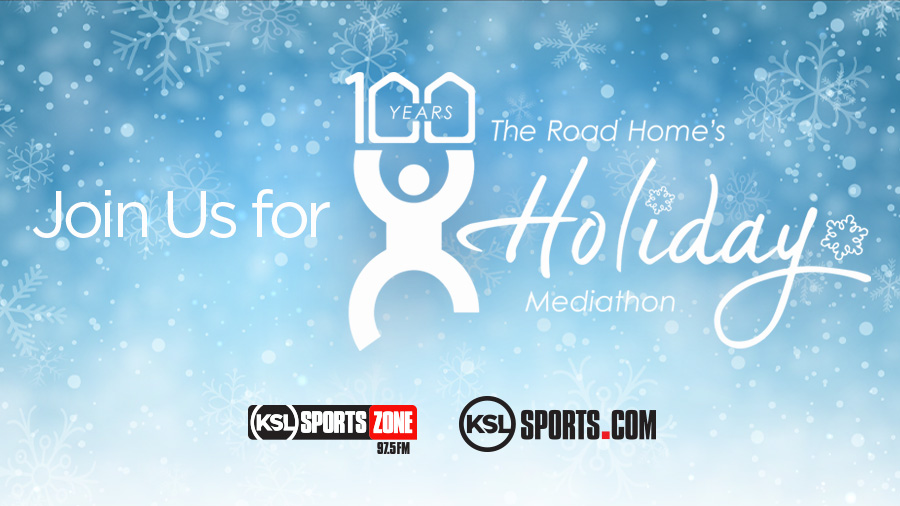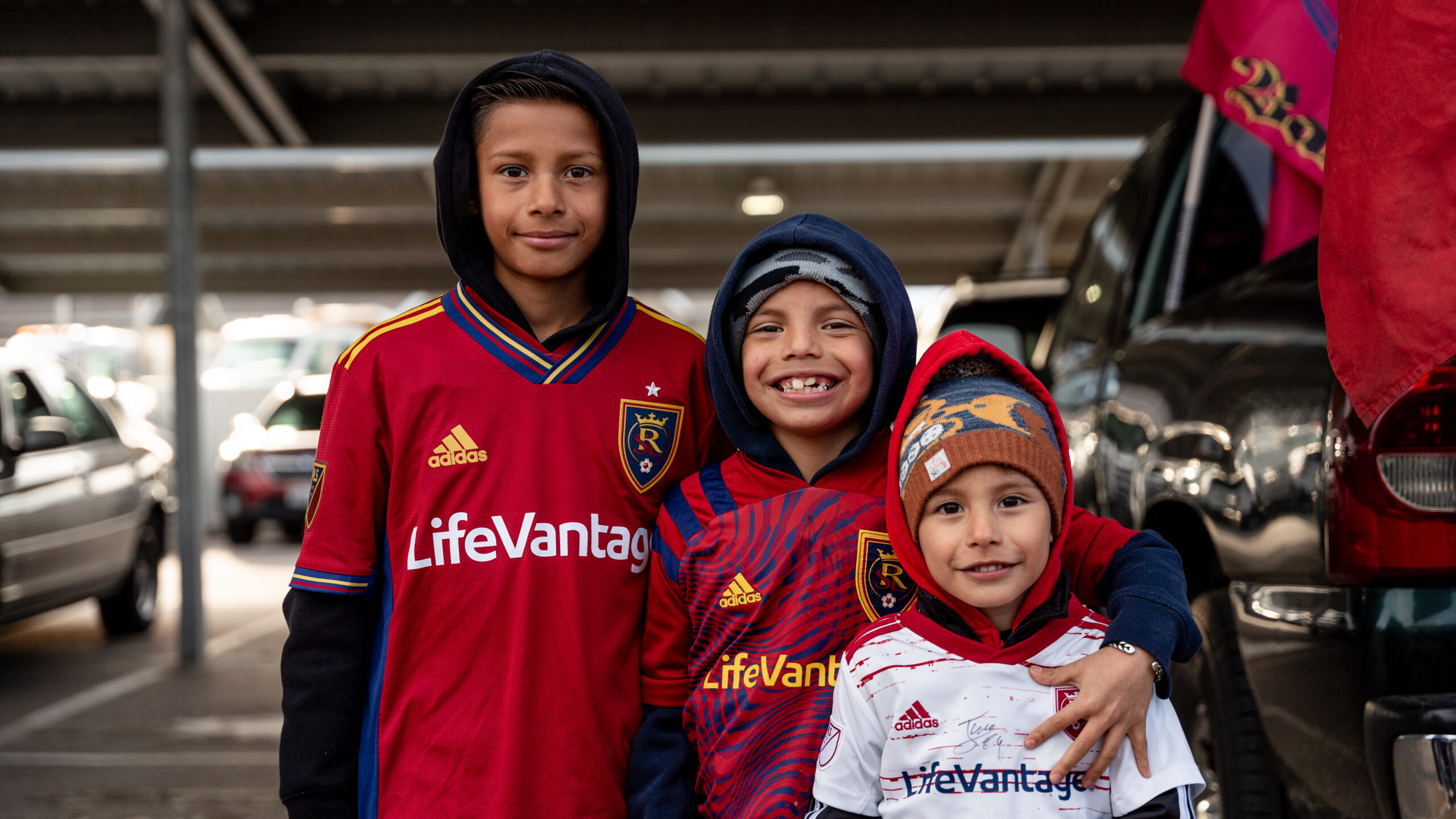Utah Jazz Enter Precarious Offseason
Sep 2, 2020, 1:30 PM | Updated: Sep 7, 2020, 12:56 am
SALT LAKE CITY, Utah – The Utah Jazz season came to a stunning end Tuesday night. Mike Conley’s running three-point shot rimmed out, and the Jazz became the 12th team in NBA history to allow a 3-1 series advantage slip away. The Denver Nuggets moved on to the second round, the Jazz were cast into a precarious offseason with unplanned abruptness.
After one of the team’s most successful and lauded summers in 2019, having traded for point guard Mike Conley and signing forward Bojan Bogdanovic, the Jazz enter a much more constrained, but suddenly important offseason.
A fitting end to the most difficult season in @UtahJazz history. #TakeNote https://t.co/FwkvpaeyWG
— Ben Anderson (@BensHoops) September 2, 2020
Jazz Offseason Certainties
Conley, who finally appears to have found his groove with the Jazz roster, despite his 2-13 shooting performance in game seven, has only one year remaining on his massive contract. If the Jazz believe the veteran point guard is a key piece to their championship window, the urgency to win now jumps into hyperdrive.
The guard will have to opt into the final year of his player option worth more than $34 million, but coming off an injury-riddled season, with a bear market in free agency, Conley activating the final year of his contract is simply a formality.
It’s been a crazy year to say the least, but one that will push us forward. Proud of our guys for giving everything they could to this game and to our communities. Thank you to the fans who have stuck with us thru good and bad and continue to help us off the court! We’ll be back. pic.twitter.com/AhRvJIqQ1r
— Mike Conley (@MCONLEY10) September 2, 2020
Donovan Mitchell, fresh off the best stretch of basketball of his career is set to sign a max contract extension in October. But for how long? Mitchell can sign for up to five years, and the guard has been steady in his praise for the team that acquired him on draft night. But if he signs for less than the five-year option, the team will feel like they’ve secured their future under the sword of Damocles.
Rudy Gobert’s Uncertain Future
While Conley and Mitchell’s summers bring some certainty, the Jazz face an enormous number of questions this offseason.
Rudy Gobert is eligible for a supermax contract extension worth somewhere in the range of $250 million over five seasons, beginning in the summer fo 2021. The first-year All-Star’s impact was felt during the second half of the Jazz game seven loss but was mysteriously absent in games five and six
Gobert will want to secure his future, and likely believes he’s worth every penny afforded to him under league rules. But the Jazz should be more reticent. With the rapidly evolving NBA style of play, non-shooters are becoming increasingly antiquated. What Gobert does well, he does better than anyone in the modern NBA, but how long will the modern NBA be susceptible to his aging skillset?
👁👄✖️ pic.twitter.com/sGh3RXuNBa
— utahjazz (@utahjazz) September 2, 2020
What if Gobert gets injured next season after signing a supermax contract? Washington Wizards guard signed his nearly quarter of a billion-dollar deal in July of 2017 and has played just 73 games over the last three seasons. His enormous price tag and absence from the floor has placed the Wizards in salary cap purgatory for the foreseeable future.
How will the prideful and vain Gobert handle the offseason if Mitchell is crowned with a max level contract while he’s asked to wait?
Other Jazz Uncertainties
Jordan Clarkson will be the team’s most highly sought after free agent. The high scoring sixth man struggled over the second half of the first-round series with the Nuggets but is a favorite among Snyder and his Jazz teammates. Own Clarkson’s Bird rights, allowing the team to go over the salary cap limit to re-sign the guard means the Jazz can match the highest bidder in free agency, but how high is that number, and for how long?
Like Gobert and Mitchell, Tony Bradley and Georges Niang are eligible for early contract extensions. Bradley worked his way into the rotation in January, and out of the rotation in August during the team’s playoff run against Denver. The big-bodied center shows flashes of potential but has yet to emerge as anything more than a run of the mill third center in today’s league. As a restricted free agent next summer, the Jazz will likely leave Bradley’s future untouched this offseason.
buckle up we're getting in the 𝐦𝐢𝐧𝐢 𝐯𝐚𝐧#TakeNote | @georgesniang20 pic.twitter.com/w8TvBNmyim
— utahjazz (@utahjazz) August 24, 2020
Niang is an NBA player, there is no question about that. But due to the injury to Bojan Bogdanovic, and the failings of the Jeff Green experiment in Utah, Niang was bumped from the ninth man in the Jazz rotation to the seventh man, a spot he’s not yet capable of fulfilling.
The question will come down to whether he and his agent want to get paid for the role he played during the playoffs, or the role he is best suited for towards the end of the rotation. Don’t be surprised if the Jazz and Niang agree to an extended, low-cost deal early in free agency.
Emmanuel Mudiay had a surprisingly impactful role in spot duty for the Jazz while Conley was sidelined with a hamstring injury. However, the guard struggled miserably in Orlando and put his future with the team in doubt. Mudiay will be in the NBA next season, but he brings neither the length, defense, or athleticism the team will likely pursue this offseason.
Questions at the End of the Bench
The Jazz should pick up the second-year option of guard Miye Oni who showed flashes of his 3-and-D potential in Orlando. He’s the type of low cost, decent upside prospect the Jazz need to develop into a reliable rotation piece over the next several seasons.
MIY3 pic.twitter.com/kTJRRFDBII
— utahjazz (@utahjazz) August 13, 2020
Nigel Williams-Goss also has a second-year team option in his contract but was unable to crack the Jazz rotation at any point in the season. The team should explore the market for higher upside players at a similar cost before next season.
Jarrell Brantley, Juwan Morgan, Rayjon Tucker, and Justin Wright-Foreman are all free-agents this summer. Brantley and Morgan are near guarantees to return on low-cost contracts. Tucker is a prototypical G-League star struggling to transform into a low-level rotation piece in the NBA. His athleticism and strength allow him to dominate lower levels of developmental players. But his unrefined skillset struggles to breakthrough in the NBA. His role on the team may be determined by how willing the Jazz are to occupy roster spots with developmental players, rather than trustworthy low-cost veterans.
Wright-Foreman proved his ability to attack the paint could translate above his low-level collegiate competition, but might not be primed for the NBA just yet.
Jazz Offseason Tools
The Jazz will have limited cap space to chase free-agents this offseason but should have two cap exceptions at their disposal to sure up the roster. If the team re-signs Clarkson at a reasonable price, they will have the mid-level-exception, valued around $9 million, and the bi-annual exception, valued around $3.5 million to fill out spots in the rotation.
While very few teams have true salary cap space this season, many will have the same cap exceptions as the Jazz, which could make for a competitive market. Likewise, only a handful of teams won’t have access to their bi-annual exception after using it in the summer of 2019.
As the NBA season sits on hold the @UtahJazz can prepare for an important offseason.
Which players should the Jazz sign to contract extensions?
Which players should they look to trade?#TakeNotehttps://t.co/3Mx5wHgN0P
— KSL Sports (@kslsports) May 7, 2020
That means the promise of the Jazz future, mixed with opportunity for playing time will play a major role in landing free-agents. The good news for the Jazz is they have top-end talent but lack depth which should combine to create an ideal landing spot for several players looking for new homes.
Ed Davis is in the final year of his two-year $10 million deal with the Jazz. Though the center failed to break into the team’s rotation, he showed a flash of his skillset in the team’s final seeding game in Orlando suffering a minor injury to his left knee. Don’t be surprised if the Jazz shop Davis on draft night for a second-round draft pick, or again once free agency opens.
Before free agency opens, the Jazz own the 23rd pick in the first round of October’s draft. Though Gobert, Mitchell, and Bradley were all acquired on draft night, the Jazz don’t have a single player they’ve drafted in the first round on their current roster. Had Gobert and Mitchell not developed into stars, it would be a major indictment on the Jazz front office.
Last year’s first-round pick, along with 2018’s pick Grayson Allen was packaged to land Mike Conley in June of 2019. The Jazz will likely convey their 2021 first-round pick to Memphis to complete the trade next summer. That adds enormous importance to this year’s draft as the Jazz tip-toe closer to salary cap inflexibility with contracts due to both Mitchell and Gobert. Finding a rotation piece on a cost-controlled deal for the next half-decade is of paramount importance for the team next month. As previously mentioned, the Jazz could be in the market to land a second-round pick on draft night to get an extra swing at the plate for a low-cost, high upside player of the future. The Jazz owe their 2020 second-round draft pick to the Golden State Warriors after the 2018 acquisition of Kyle Korver
The Jazz 2019-20 campaign ended with an eye-opening abruptness Tuesday night, but with a critical season fast approaching, the team will have to make a series of smart moves this offseason to ensure a deeper playoff run next summer.

